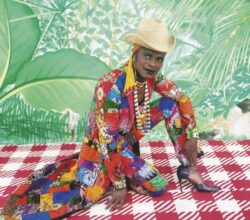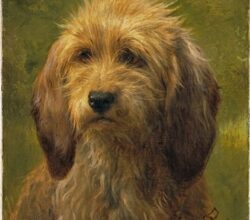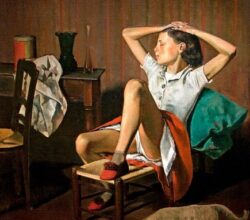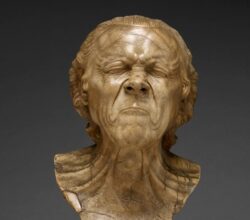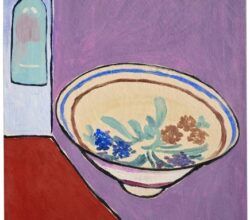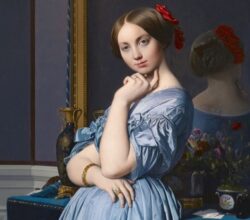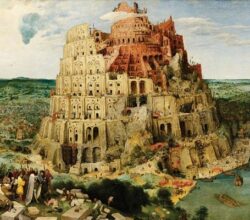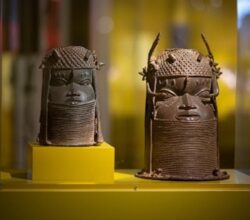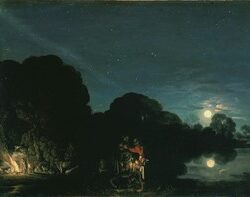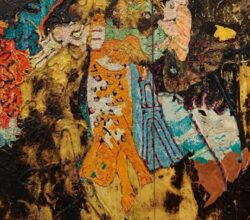
Mark Bradford has revived abstract art. His New York show is a knockout.
Sebastian Smee | The Washington Post
Bradford’s new show in New York prompts a kind of stock take. He is now famous, due to his abstract paintings. But are they paintings? Using cheap materials, he “beats [them] into some form of beauty … by layering, sanding, gouging, scraping and tearing”. These are not so much paintings as vertical agglomerations and yet they “dramatically expand abstraction’s possibilities”. They allow him the freedom to “remain uncategorized … perhaps our era’s Jackson Pollock”.

